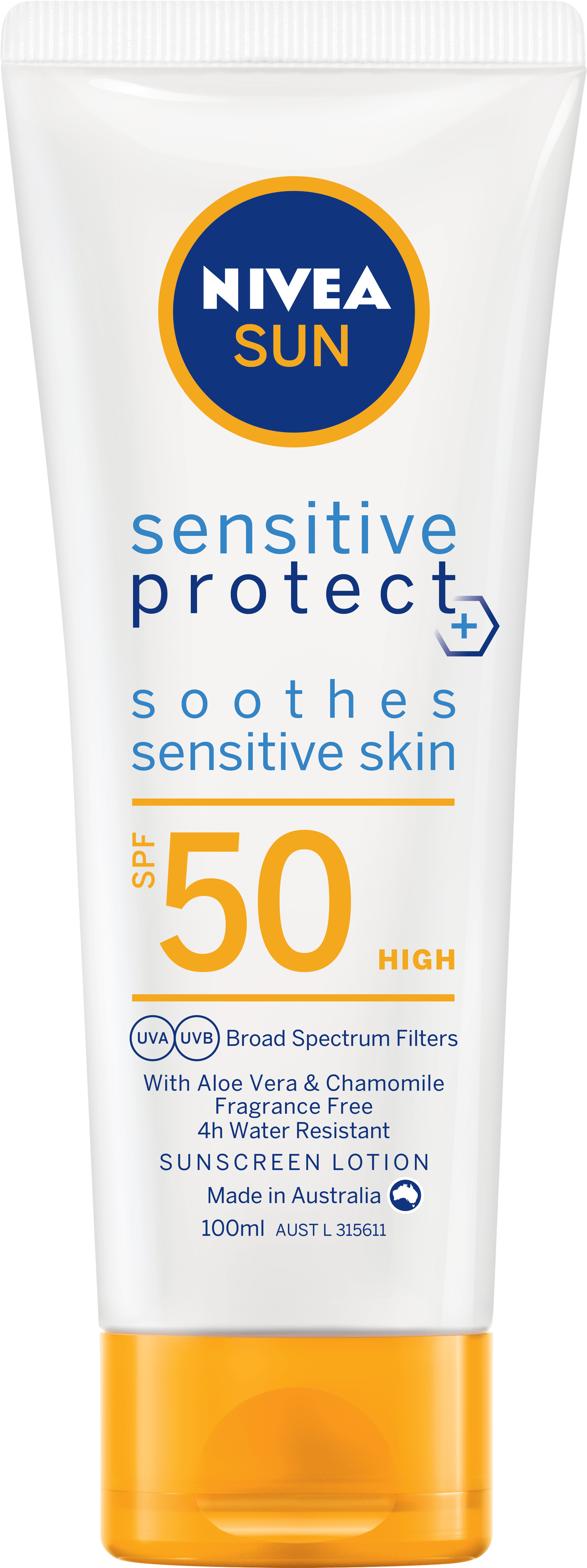

#Sunscreen spray skin#
To provide a better indication of their ability to protect against skin cancer and other diseases associated with UVA radiation (such as phytophotodermatitis ), the use of broad-spectrum ( UVA/UVB) sunscreens has been recommended. However, many sunscreens do not block ultraviolet A (UVA) radiation, yet protection from UVA is important for the prevention of skin cancer. The routine use of sunscreens may also reduce the risk of melanoma. Medical organizations such as the American Cancer Society recommend the use of sunscreen because it aids in the prevention of squamous cell carcinomas.

Research by the FDA on the safety of the main three organic UV filters ( oxybenzone, homosalate and octocrylene) found that the three ingredients could be detected on the skin, in blood, in breast milk and in urine samples weeks after no longer being used. Sunscreens are classified into mineral (also referred to as physical) sunscreens (i.e., zinc oxide and titanium dioxide) and chemical (also referred to as petrochemical, as they are typically derived from petroleum ) sunscreens. Despite sunscreen being relatively new, sun protection practices have been observed since at least the ancient Egyptians "who used ingredients such as rice bran, jasmine, and lupine" to provide sun protection. Its protection was verified by the University of Adelaide and it was also produced commercially by Blake's company, Hamilton Laboratories. Milton Blake, in 1932 formulating with the UV filter 'salol' ( phenyl salicylate) at a concentration of 10%. The first sunscreen in the world was invented in Australia, by chemist H.A.

Sunscreens are common supplements to clothing, particularly sunglasses, sunhats and special sun protective clothing, and other forms of photoprotection (such as umbrellas). Sunscreens come as lotions, sprays, gels, foams (such as an expanded foam lotion or whipped lotion ), sticks, powders and other topical products. Dermatologist Omer Ibrahim, MD, seconds that sentiment, “Ideally sunscreen should be applied to the entire body (about 1 ounce or a shot glass’s amount of sunscreen is enough to cover the body) for the face, typically two lines of sunscreen (one on the index finger, and one on the middle finger) are enough to cover the face," Ibrahim explains.Sunscreen, also known as sunblock or sun cream, is a photoprotective topical product for the skin that mainly absorbs, or to a much lesser extent reflects, some of the sun's ultraviolet (UV) radiation and thus helps protect against sunburn and most importantly prevent skin cancer. Just how much should you apply? “An 8-ounce bottle is good for 8 applications,” Airan Shares. SPF is measured by concentration on the skin, so you do need to apply the right amount in order to get the SPF number advertised on the bottle. Lisa Airan, MD explains that “SPF above 30 is not exponentially stronger…SPF 100 is not three times as strong, only slightly stronger.” According to New York City dermatologist Julie Karen, MD, it’s important to apply your sunscreen 20 minutes before heading outside and to re-apply every two hours (or sooner if you happen to be swimming or sweating). When it comes to safeguarding your skin, opt for broad-spectrum SPF (this means it, will protect you from UVA and UVB rays) 30 or higher. While there are plenty of sunscreens on the market to choose from, there are certain considerations to keep in mind when purchasing a new bottle of SPF. Warm temperatures are here to stay, and with so much time spent outdoors in the heat, practicing safe sun by applying sunscreen is top of mind.


 0 kommentar(er)
0 kommentar(er)
